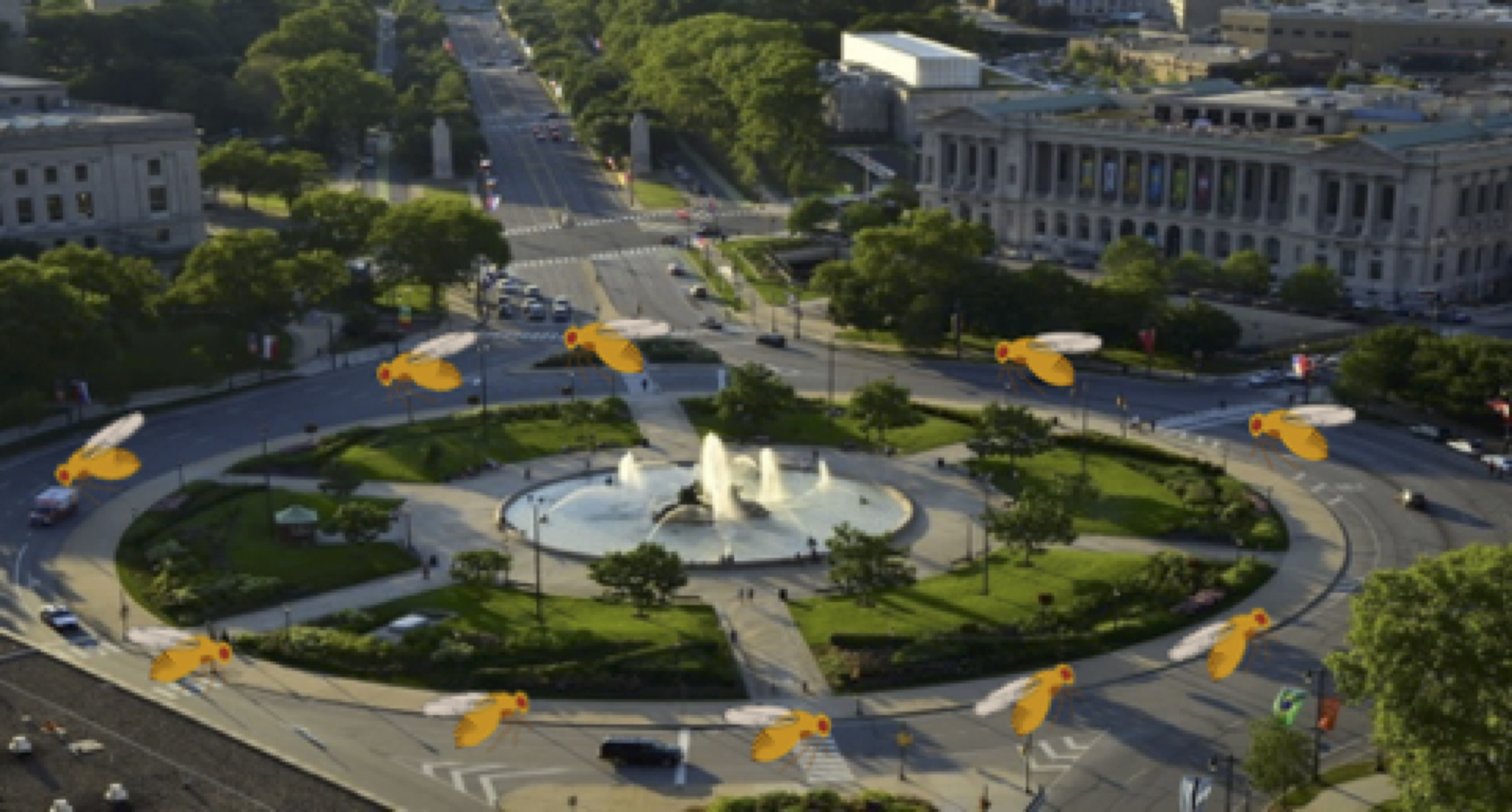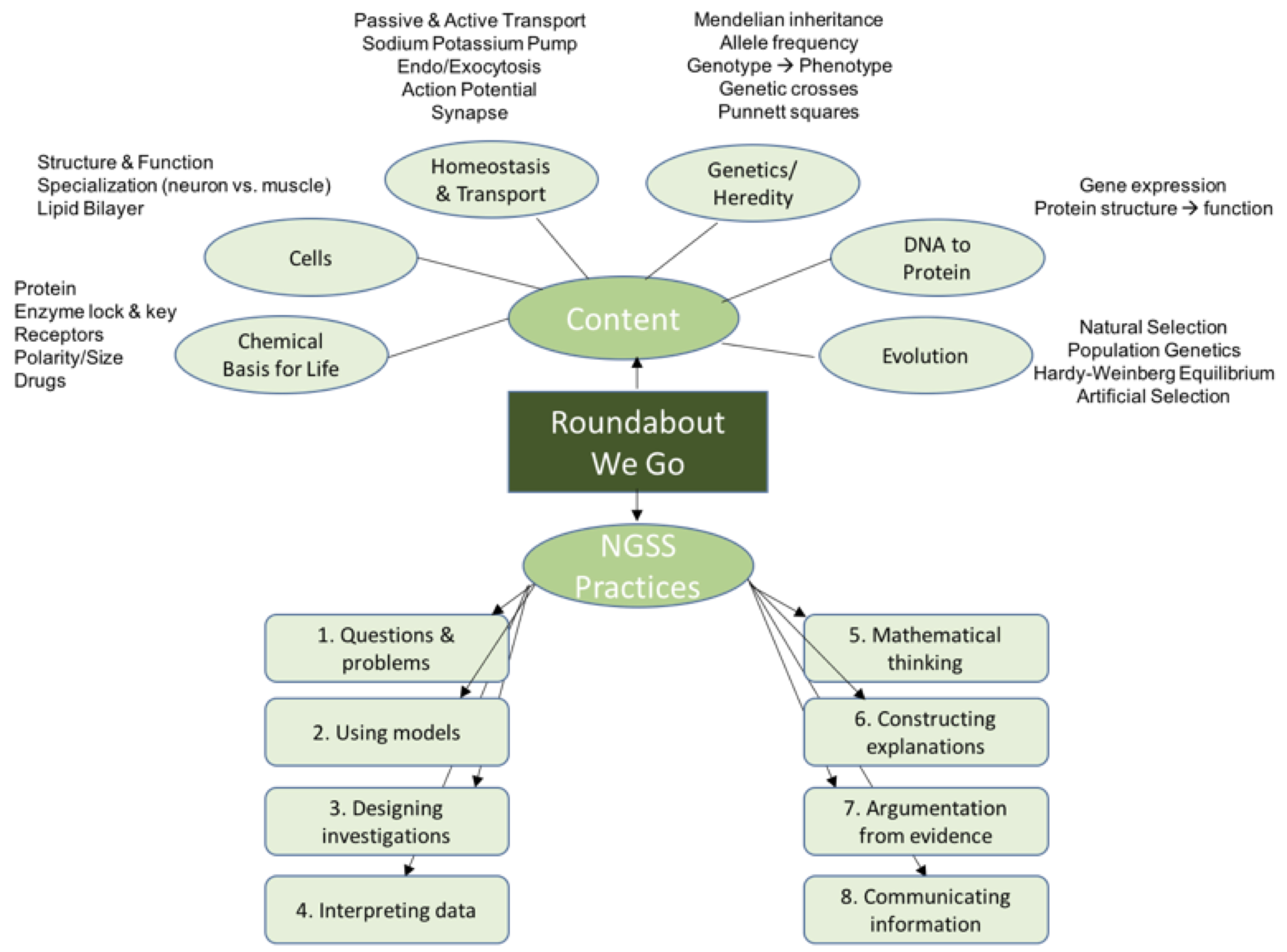And a Rounadabout We Go!
Using Drosophila as a model organism to study the effects of mutations on gene function Objectives:
Objectives:
- SWBAT design an experiment, follow a protocol, collect and analyze data IOT investigate a scientific question
- SWBAT describe how genetic mutations (nucleotide sequence) relate to changes at the molecular and organismal levels in terms of fruit fly larval behavior.
I. General Overview and Suggested Timeline
This activity allows students to directly compare behavioral phenotypes and consider the genetic and molecular causes. Although observation of larval fruit fly behavior could be used as an hook to engage students in study of genetics, these activities would work best to contextualize existing understanding of basic genetics including inheritance patterns and the mechanism by which genotype determines phenotype. Students should already be familiar with the concept of genes, alleles, Mendelian patterns of inheritance, Punnett squares, and gene expression through transcription and translation. Familiarity with mutations as changes in nucleotide sequence is helpful.
Day 1 - Show videos of the child with mirror movement disorder and the hopping mouse; Discuss the benefits of model organisms; Discussion on the genetics of making flies with abnormalities; Students view embryo slides under compound light microscopes and describe phenotypes.
Day 2 - Students conduct an experiment to analyze larval crawling tracks. Students will determine which tracks belong to the wild type vs the mutant, and also make predictions to which embryo nerve cord best corresponds to the larval crawling pattern. Students will practice gathering data and developing questions based on observations.
Day 3 - Explain how mutations with the robo receptor can affect nervous system development and subsequently larval crawling patterns
Day 4 - Choice board activities (option 1: create fly art; option 2: analyze a news article; option 3: read a scientific journal article)

